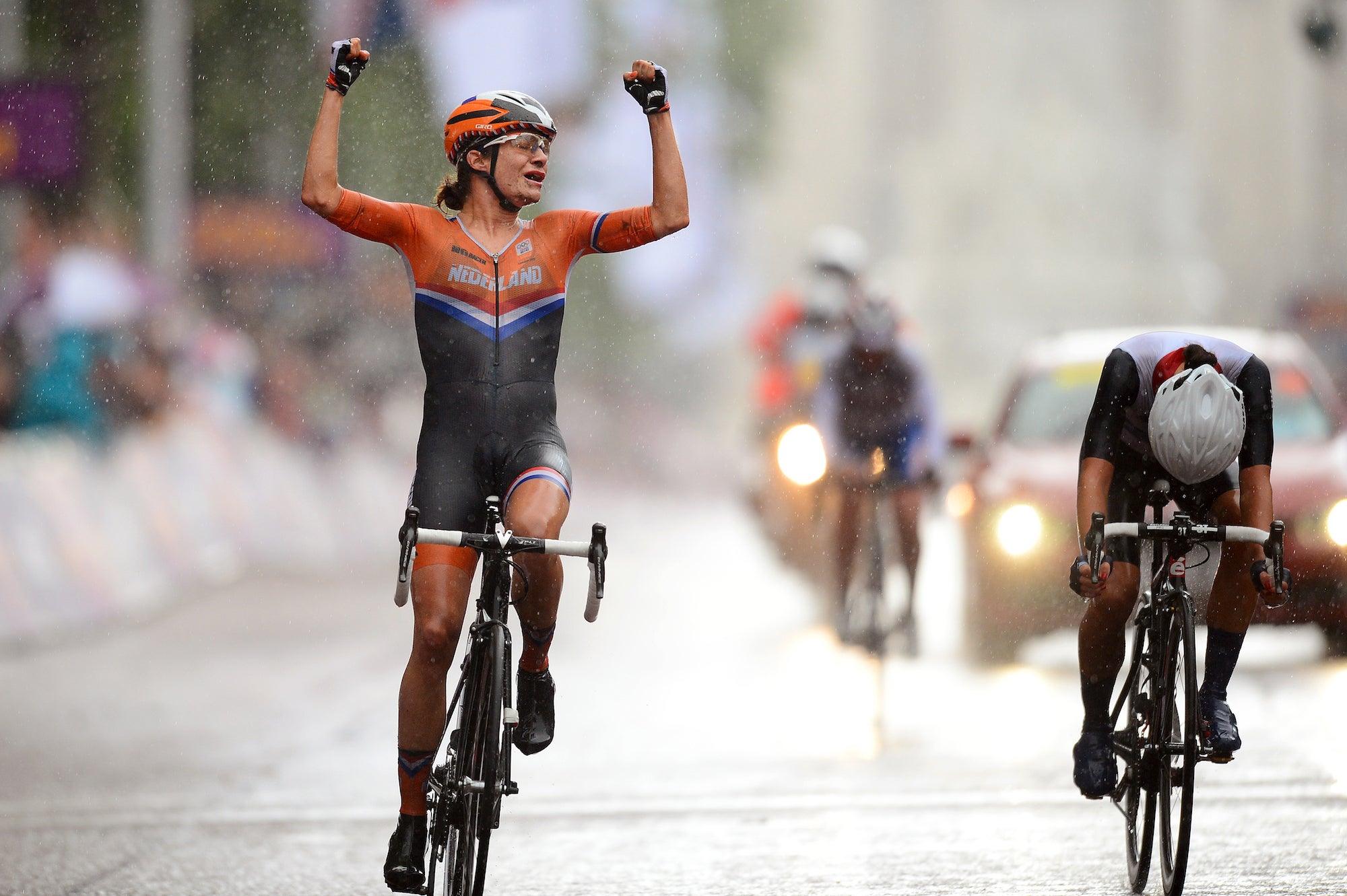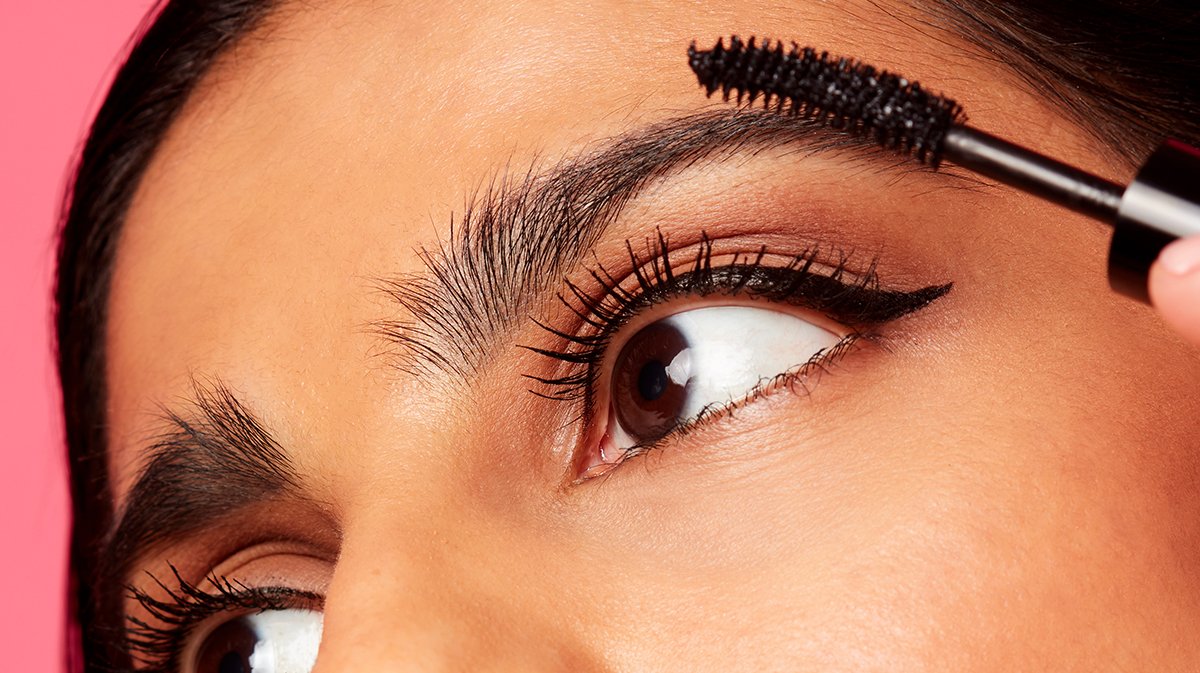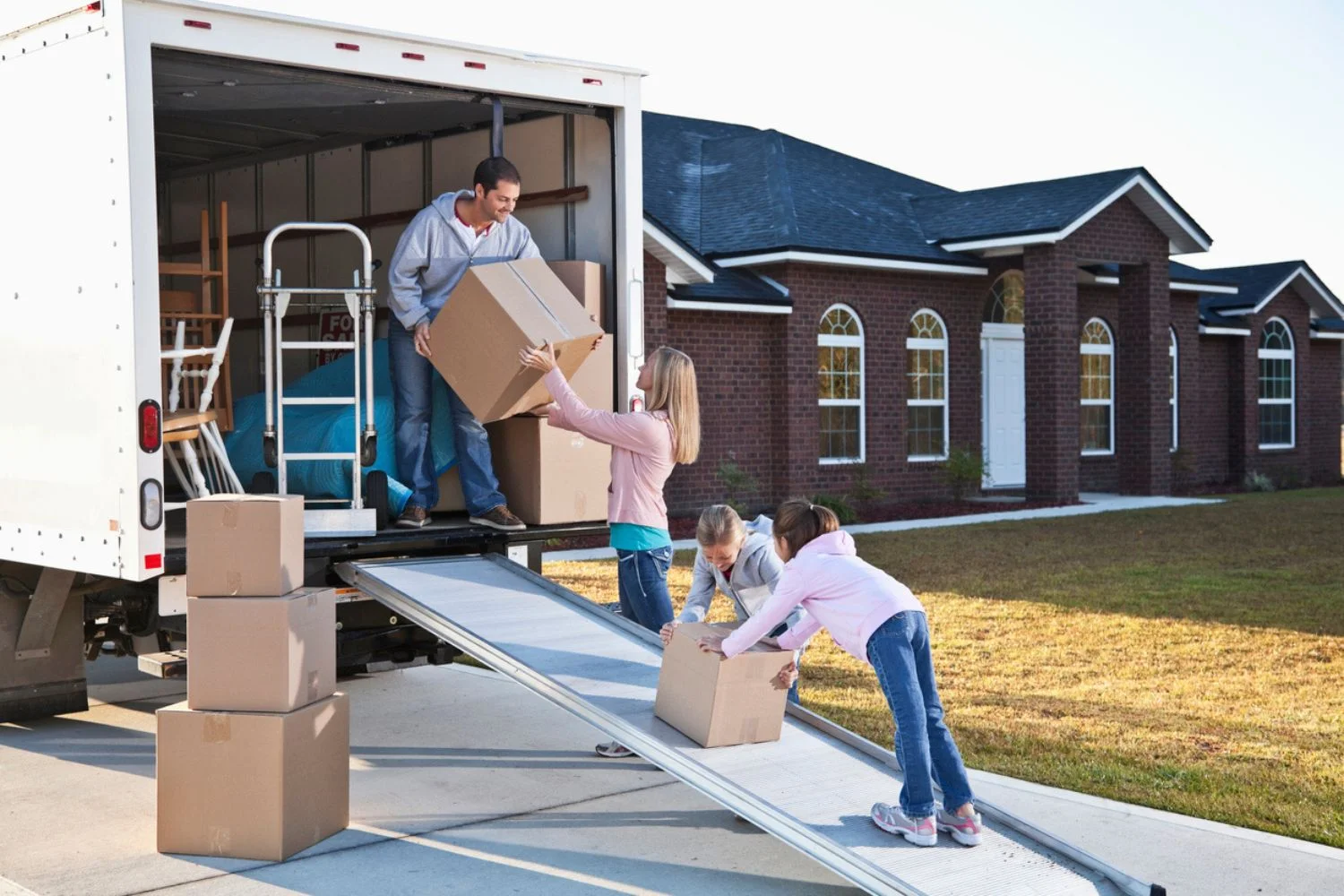For centuries, bicycles have been an important part of transportation and recreation for people around the world. But women’s journey in the bicycle universe has only recently been recognized as a powerful form of female empowerment.
From providing greater mobility to challenging gender norms, this article will explore how cycling is helping to create a more equitable society for women everywhere.
We’ll look at stories from inspiring cyclists who are making history and paving the way toward a brighter future where everyone can experience freedom on two wheels.
Finally, will consider what needs to be done if we want to make sure that all genders receive equal access and opportunities when it comes to cycling – both now and in the future.
A History of Empowerment

The history of women in the bicycle universe is one of empowerment. From its invention in the 19th century to the present day, females have used bicycles as a tool to gain independence and push boundaries.
In Victorian England, young women were among the first to take up cycling as a legitimate form of exercise, liberating themselves from corsets and other restrictive clothing.
During this period female cyclists began forming groups that pushed for greater equality—especially when it came to dress codes and access to public roads. In America during the late 1800s cycling was part of a larger social movement that advocated for greater freedom for both men and women alike.
Women began joining rallies such as those organized by Susan B Anthony where they staged protests demanding voting rights alongside their male counterparts on two-wheeled machines.
Later, after World War I ended in 1918 bicycles became increasingly popular with middle-class families – particularly with young girls who could now ride around town without chaperones or fear of censure from society at large.
In more recent times some brave souls like Rebecca Rusch have broken down barriers by becoming professional athletes who compete against male riders in events like mountain biking world championships—all while helping break stereotypes about what it means to be a woman cyclist today!
And new generations continue pushing forward: organizations like Girls Bike are actively empowering younger female riders through education programs designed specifically for them; creating an environment where gender doesn’t matter so much anymore but rather skill level does—and allowing all levels (male or female) achieve success when they pedal away!
The Role of Cycling in Gender Equality

Cycling plays an integral role in promoting gender equality, not only providing a means of transportation for women but also offering them physical activity and freedom. Cycling is a way to bridge the gap between genders by making it easier for people of all identities to participate.
By increasing access to cycling infrastructure such as bike lanes and cycle paths, more females can take part and gain confidence while exploring their surroundings without fear or judgment. Furthermore, bicycle advocacy groups create safe spaces where female riders can come together to discuss issues related to safety and how they can move forward with initiatives that promote better representation on roads.
Together these efforts help foster a sense of unity among cyclists from different backgrounds – encouraging everyone to feel welcome regardless of gender identity or expression!
Ultimately then cycling works as a powerful tool towards furthering greater understanding and acceptance amongst each other – something which wouldn’t be quite possible had this mode of travel never been so readily available. Indeed through its ability to support equitable societies across the board; biking does indeed serve a key component when aiming to ensure true gender parity within our communities worldwide!
Paving the Way for a More Inclusive Bicycle Community

As more women join the bicycle universe, they are paving the way for a more inclusive and equitable cycling community. From taking part in competitive races to simply riding for leisure, these female riders are helping to create an atmosphere that is truly welcoming to all genders.
Furthermore, women have been instrumental in advocating for safer routes and improved infrastructure that makes biking accessible to everyone. Women-led initiatives such as bike repair classes, ride groups dedicated solely to female cyclists, and organizations focused on rights advocacy continue to make strides toward gender equity within this realm.
By encouraging diversity and inclusion among riders, we can ensure that the sport of cycling is both open and enjoyable for all participants. With this newfound sense of acceptance comes tremendous opportunity – when we embrace our differences we can move closer together on two wheels!
Celebrating Accomplishments and Advocating for Change

For centuries, women have been advocates for change and progress. From the suffragettes to the bicycle riders of today, they continue to challenge gender norms and celebrate their accomplishments in a male-dominated universe.
In recognition of this, we take a look at how female cyclists are pedaling towards equality with grit and grace – celebrating their victories while advocating for greater representation on bikes all over the world. From racing competitions to leisurely rides, women of all ages are taking up cycling in droves as a way to express themselves without fear or shame.
Through grassroots organizations like Girls Ride Out (GRO) and She Rides Too (SRT), female riders are connecting across continents – providing support systems that encourage others to join them on two wheels. They’ve also founded several advocacy groups such as Women Bike PHL which is dedicated to making cycling safer for all genders by creating more bike lanes throughout the Philadelphia cityscape.
As these inspiring women make strides forward into uncharted territory, they serve as an example of what can be achieved when individuals come together around common goals: advocating for change while celebrating every accomplishment along the way! With courage, kindness, and determination leading the charge; there’s no doubt that women’s journey in the bicycle universe will lead us all toward a better future!
Conclusion

In conclusion, the bicycle has been an empowering tool for women in many ways. From the first time, a woman rode a bike in 1868 to today’s increasing number of female cyclists, it is clear that the two-wheeled vehicle has allowed for greater freedom and mobility.
It has also provided women with opportunities to push back against gender inequities and challenge traditional norms about what is considered “appropriate” behavior.
While there are still areas where improvements can be made, such as providing better protective gear like JeleneW cycling outer pads, many strides have been taken over the years toward true equality on two wheels.










